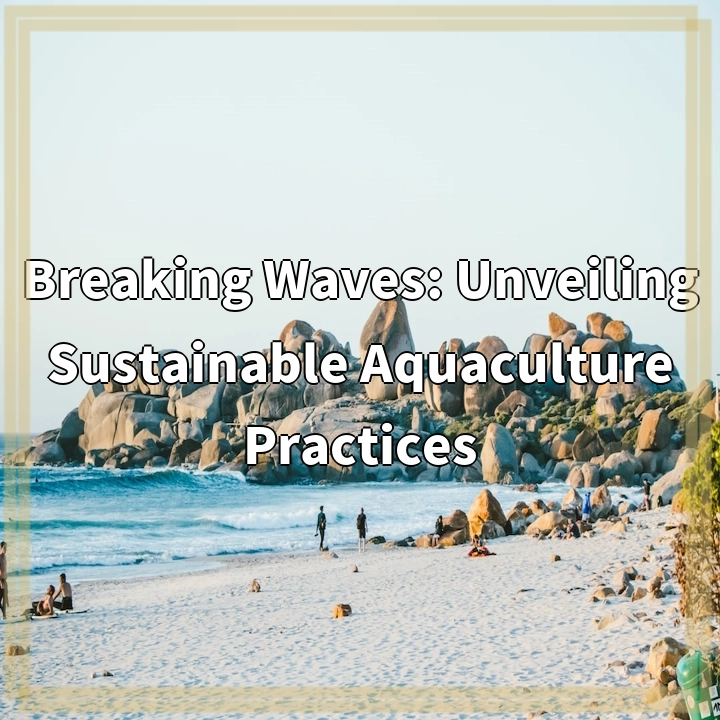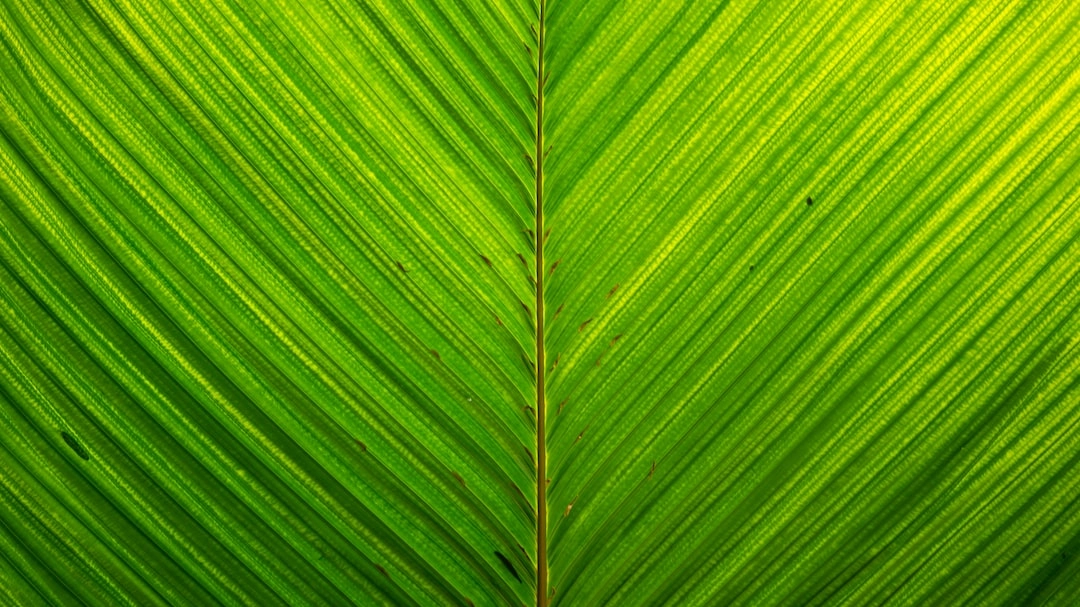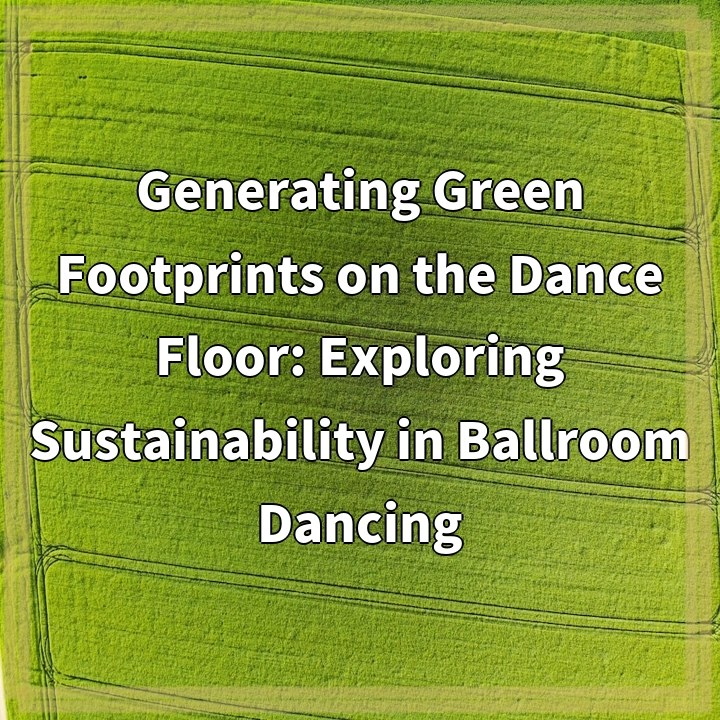
What is Sustainable Aquaculture?
Sustainable aquaculture refers to the practice of farming aquatic organisms in a manner that minimizes negative environmental and social impacts, while ensuring the long-term viability of the industry. It involves applying principles of ecological soundness, resource efficiency, and responsible management to address the growing global demand for seafood, without depleting natural resources or harming ecosystems.
Real-World Problems Associated with Sustainable Aquaculture
1. Pollution and Waste
One of the major challenges faced by sustainable aquaculture is the management of waste and pollution. Intensive fish farming operations produce significant amounts of organic matter, excess nutrients, and chemical inputs. If not properly managed, these wastes can lead to water pollution, eutrophication, and algal blooms, negatively impacting aquatic ecosystems and biodiversity.
2. Disease and Antibiotic Use
Disease outbreaks pose a significant threat to sustainable aquaculture. Overcrowded conditions and poor water quality can increase the susceptibility of farmed fish to diseases. In an effort to mitigate disease risks, antibiotics and other pharmaceuticals are often used. However, excessive use of antibiotics can promote antibiotic resistance and have long-term negative effects on human and animal health.
3. Habitat Destruction
Expanding aquaculture operations can result in habitat destruction, as coastal areas, wetlands, and mangrove forests are cleared to make way for fish ponds. This can lead to the loss of vital habitats for numerous species, including migratory birds and marine organisms. The destruction of natural habitats can disrupt local ecosystems, affecting biodiversity and ecosystem services.
4. Invasive Species
Escapees from aquaculture sites can introduce non-native species into natural ecosystems. These invasive species can outcompete native species for resources, disrupt food chains, and degrade habitats. Invasive species can have devastating ecological and economic consequences, leading to the loss of biodiversity and negative impacts on local fisheries and aquaculture industries.

Solutions to Sustainable Aquaculture Challenges
1. Implementing Best Management Practices
To address pollution and waste issues, sustainable aquaculture practices should include proper waste management strategies. This could involve using recirculating aquaculture systems, which treat and recycle water, minimizing the release of pollutants into natural ecosystems. Additionally, implementing sustainable feed practices, such as reducing the use of fishmeal and incorporating alternative protein sources, can help minimize nutrient discharge and environmental impacts.
2. Disease Prevention and Control
To combat disease outbreaks and reduce the reliance on antibiotics, sustainable aquaculture practices focus on disease prevention and control measures. This can include regular health monitoring, improving water quality, and implementing biosecurity measures to prevent the introduction of pathogens. Vaccination programs and the use of probiotics can also help enhance fish immune systems and reduce the need for antibiotics.
3. Responsible Site Selection and Ecosystem-Based Management
To minimize habitat destruction, it is important to select aquaculture sites strategically. By avoiding sensitive coastal areas and ecosystems, such as mangrove forests, and opting for site designs that minimize habitat alteration, sustainable aquaculture can reduce its impact on natural habitats. Practicing ecosystem-based management approaches can help ensure that aquaculture operations are integrated into the surrounding ecosystem, considering the needs of local biodiversity and ecosystem services.
4. Enhanced Containment and Escape Prevention
To prevent the escape and spread of farmed species, sustainable aquaculture operations implement enhanced containment measures. This can include the use of stronger nets, escape-proof cages, and regular maintenance and inspection of infrastructure. Screening systems can be employed to prevent the entry of unwanted species, reducing the risk of introducing invasive species into natural ecosystems.















